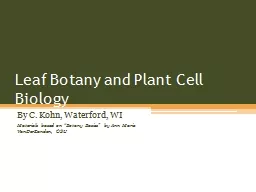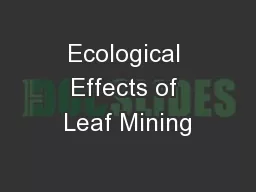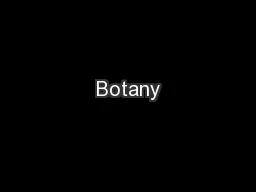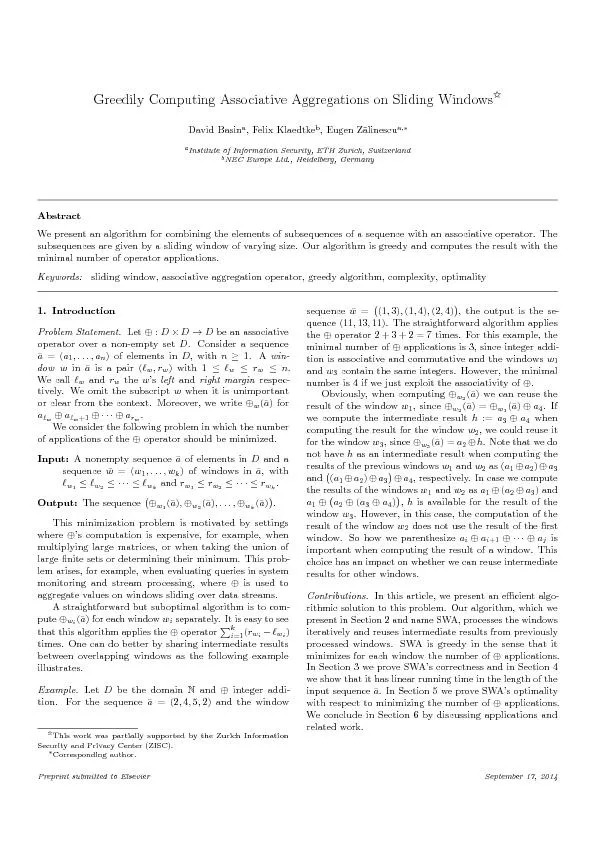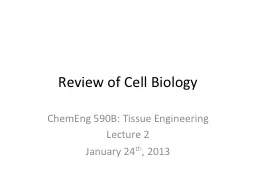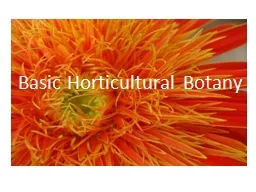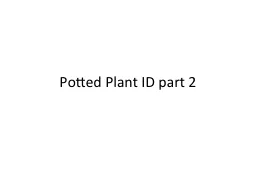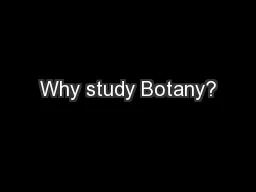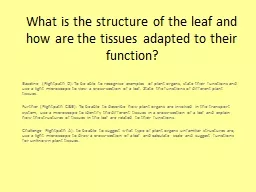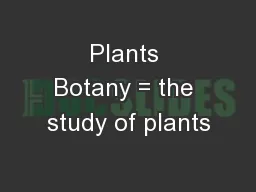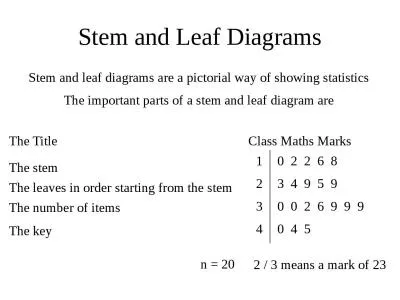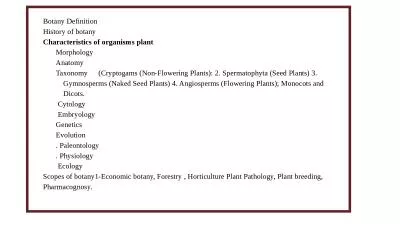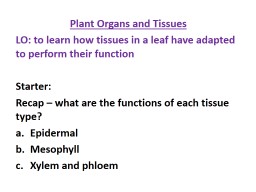PPT-Leaf Botany and Plant Cell Biology
Author : aaron | Published Date : 2018-03-01
By C Kohn Waterford WI Materials based on Botany Basics by Ann Marie VanDerZanden OSU Leaf Function The main function of leaves is to absorb sunlight and use this
Presentation Embed Code
Download Presentation
Download Presentation The PPT/PDF document "Leaf Botany and Plant Cell Biology" is the property of its rightful owner. Permission is granted to download and print the materials on this website for personal, non-commercial use only, and to display it on your personal computer provided you do not modify the materials and that you retain all copyright notices contained in the materials. By downloading content from our website, you accept the terms of this agreement.
Leaf Botany and Plant Cell Biology: Transcript
Download Rules Of Document
"Leaf Botany and Plant Cell Biology"The content belongs to its owner. You may download and print it for personal use, without modification, and keep all copyright notices. By downloading, you agree to these terms.
Related Documents

